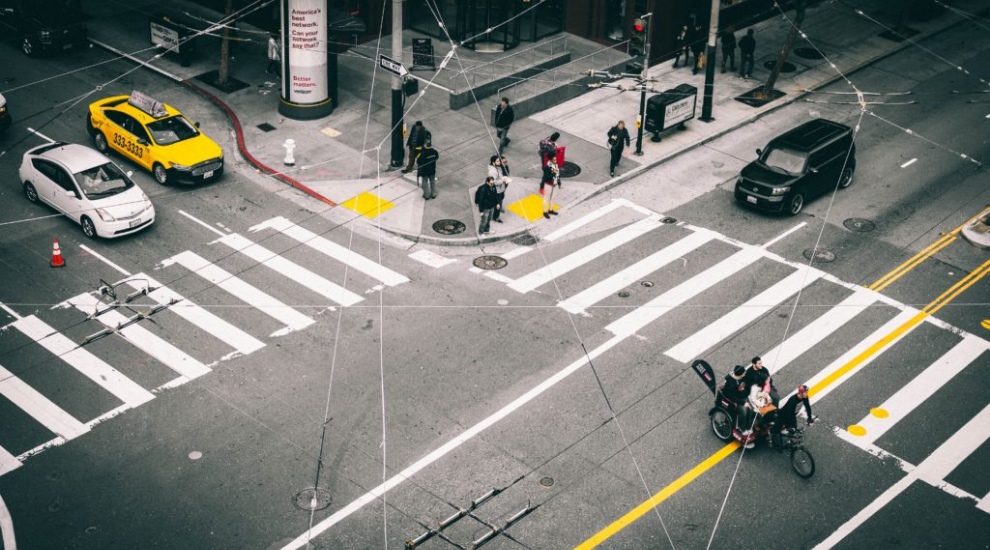After an early morning meeting took Nick Reed of ITEN to Sussex, the drive encouraged him to ponder on a few questions surrounding vehicle automation and how much of traffic flow depends on (or suffers from) altruistic acts from drivers.
In his article, Nick looks at how we can understand that sometimes we might need to rely on a kindly act from another driver to allow us to pull out at a junction and how we might need to reciprocate such an act in future situations. This brings up one very important question: Will automated vehicles develop a theory of mind such that they can understand intentions of other road users?
Cooperative driving behaviours can come in many forms. It is relatively straightforward to understand how those specified in the UK Highway Code (e.g. rule 163 “give way to oncoming vehicles before passing parked vehicles or other obstructions on your side of the road”) could be codified in a CAV. Other behaviours emerge from individual drivers understanding the challenges others are facing. One example Nick uses is: driver A in Car X sees Car Y trying to pull out of a side road into an endless queue of traffic – driver A realises that it would be helpful to allow Car Y to pull out, even though it causes some delay to driver A (and all vehicles behind Car X).
Interactions between CAVs, human drivers and other road users is what lay at the heart of why the anticipated CAV revolution will longer than was previously anticipated. There have been no previous situation that has seen machines interacting so extensively with humans. In the end, CAVs will need to behave cooperatively to deliver efficient road transportation. As some may see these behaviours as “kindness’, in truth, they will be just a part of the optimisation of a dynamic traffic situation.
You can read Nick’s full article on his website.


Recent Comments